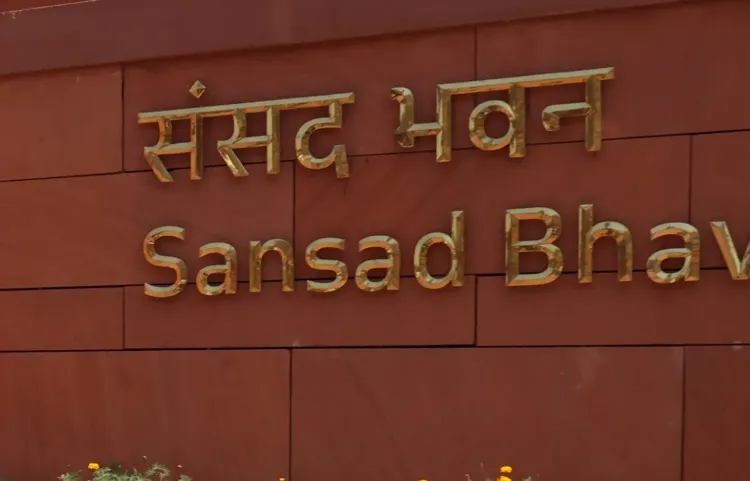Has Lok Sabha Entered the AI Era with Multilingual Access?

Synopsis
Key Takeaways
- Digital attendance system for MPs.
- Real-time multilingual documents available via Digital Sansad portal.
- AI-based speech-to-text transcription for parliamentary proceedings.
- Enhanced transparency and inclusivity in governance.
- Streamlined legislative processes improving efficiency.
New Delhi, July 14 (NationPress) In a transformative step towards modernizing its operations, the Lok Sabha Secretariat has introduced a range of AI-driven and digital initiatives designed to boost transparency, inclusivity, and accessibility for both Members of Parliament and the general public.
One of the key innovations is the implementation of a digital attendance system for Parliament members. This reform was discussed during an informal gathering prior to the Monsoon Session, chaired by Speaker Om Birla.
Starting from the first day of the Monsoon Session, members will confirm their presence using Multimedia Devices (MMDs) located at each seat within the Lok Sabha Chamber. This efficient system is anticipated to save time and minimize procedural inefficiencies, fostering a more effective legislative environment.
The Lok Sabha has also taken significant steps towards linguistic inclusivity by beginning to publish daily parliamentary business and agenda papers in twelve Indian languages, utilizing AI-powered translation tools. These languages include Assamese, Bengali, English, Gujarati, Hindi, Kannada, Malayalam, Marathi, Odia, Punjabi, Tamil, and Telugu.
These multilingual documents are available in real-time via the Digital Sansad portal, promoting broader public engagement and enhancing understanding of legislative matters across various linguistic communities.
Furthering its digital evolution, the Lok Sabha Secretariat has collaborated with the Ministry of Electronics and Information Technology to implement an AI-based speech-to-text transcription system.
Developed under the National Language Translation Mission and powered by the ‘Sansad Bhashini’ model, this system will work alongside conventional verbatim reporting to transcribe parliamentary proceedings more swiftly and accurately.
Supporting multiple languages, this tool is expected to become the primary method of documentation, allowing real-time access to debates and discussions.
These initiatives exemplify a future-oriented approach to parliamentary governance, where technology acts as a bridge connecting elected officials with the citizens they represent.
By embracing AI and digital advancements, the Lok Sabha is establishing a benchmark for inclusive, transparent, and efficient legislative operations in the digital era.





